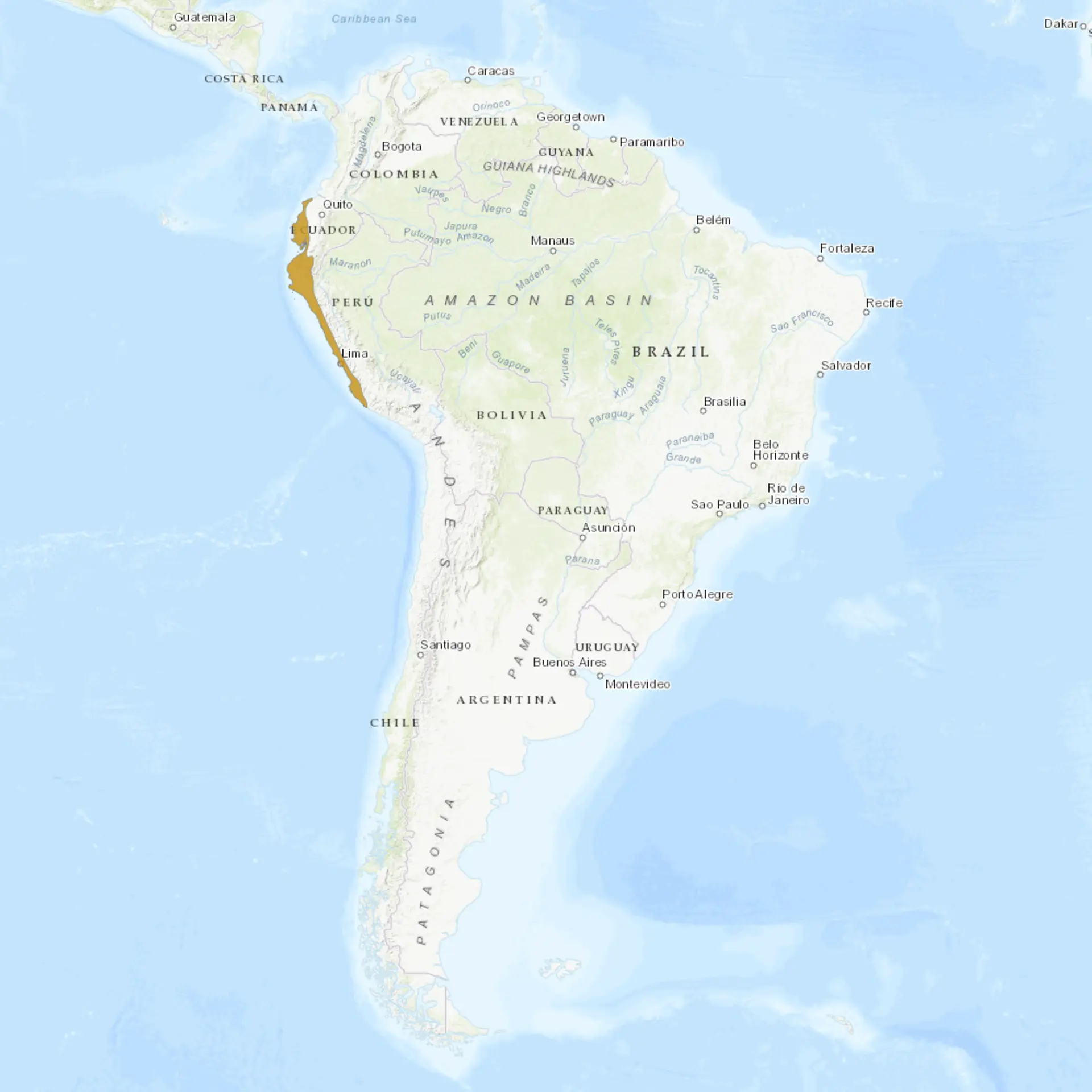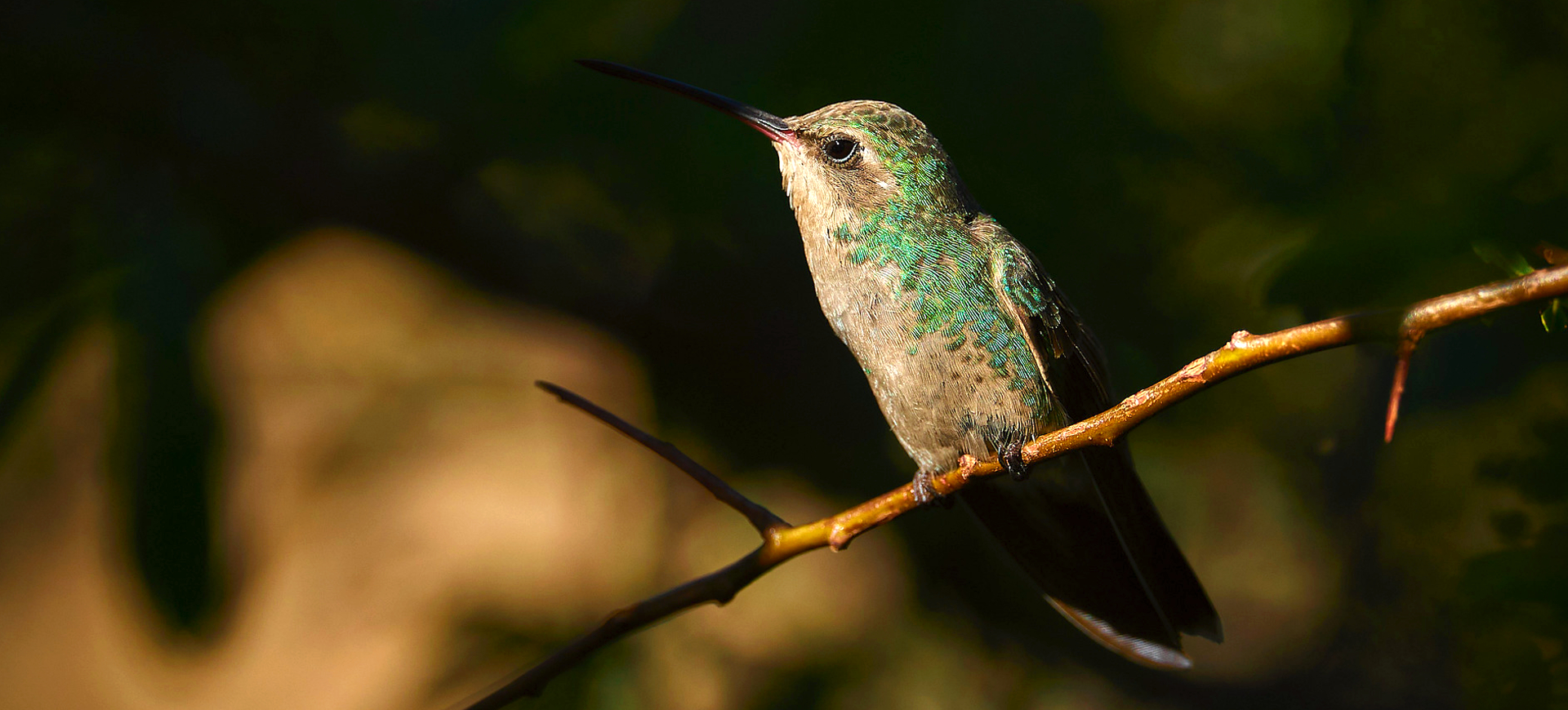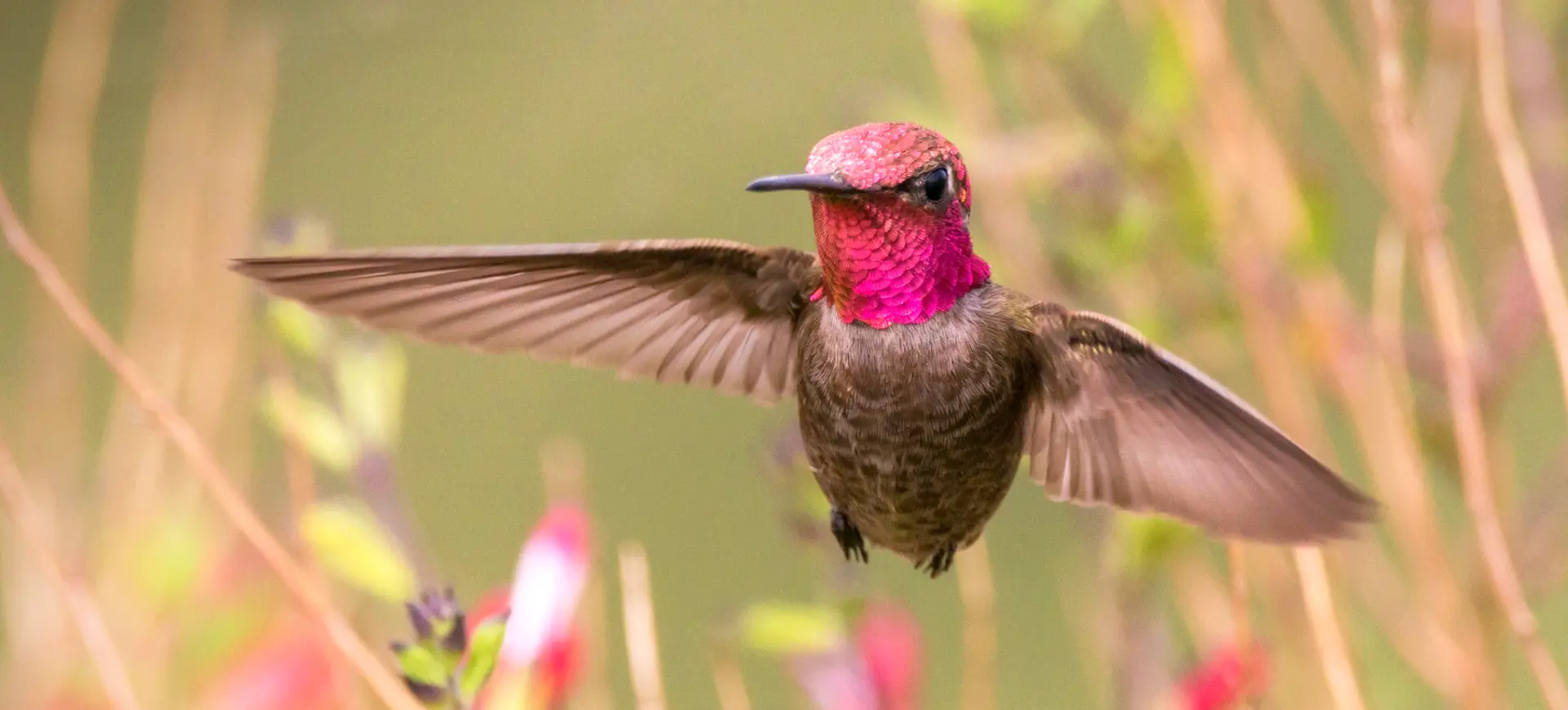Overview
The Amazilia Hummingbird, belonging to the genus Amazilia, is a vibrant and energetic bird species found across various habitats in Central and South America. These hummingbirds are known for their dazzling plumage, which can vary significantly among species within the genus, typically featuring shades of green, bronze, and blue. They inhabit environments ranging from tropical forests to arid deserts and even urban areas, showcasing remarkable adaptability. The Amazilia Hummingbird plays a crucial role in pollination, feeding on nectar from various flowers with a preference for brightly colored blooms.
These hummingbirds exhibit incredible flight abilities, including hovering, rapid forward flight, and even brief moments of backward flight, allowing them to access nectar mid-air. Their small size and rapid wing beats create a characteristic humming sound, a hallmark of their presence in gardens and wild landscapes. The Amazilia Hummingbird’s diet also includes insects and spiders, providing essential protein and making them integral to controlling insect populations.
Amazilia hummingbirds’ breeding behaviors involve intricate courtship displays, with males performing dives and showing off their iridescent plumage to attract females. Females are solely responsible for nest building and raising the young, constructing cup-shaped nests from plant fibers and spider webs on tree branches. The conservation of their habitats is vital for the survival of Amazilia Hummingbirds, as habitat loss and fragmentation pose significant threats to their populations.
Taxonomy
Kingdom
Phylum
Class
Order
Family
Genus
Species
Type
Current distribution:
The Amazilia hummingbird is widely distributed across parts of Central and South America, with populations concentrated in countries like Peru, Ecuador, and Colombia. It is commonly found in lowland and foothill areas, though some subspecies may inhabit higher altitudes. Urban and suburban environments have increasingly become part of their range, as these areas often provide suitable feeding opportunities. Their ability to thrive in human-dominated landscapes has allowed them to maintain stable populations despite environmental challenges.
The species is non-migratory, typically remaining within its established range year-round. Within its distribution, the Amazilia hummingbird can be observed in a variety of habitats, from coastal regions to interior forests. While it is not currently endangered, localized habitat loss could result in population declines in the future. Continued monitoring of their range and population dynamics is essential for ensuring their long-term survival.
Physical Description:
Amazilia Hummingbirds are small, ranging from 3 to 5 inches long, with compact bodies and slender, straight beaks adapted for nectar feeding. Their plumage is predominantly green, often with bronze, blue, or golden highlights that shimmer in the sunlight. The iridescence of their feathers changes with the angle of light, creating a dynamic display of colors. They have short legs and tiny feet, which are primarily used for perching rather than walking.
In some species, males and females may have similar plumage, while in others, males are more brightly colored. The rapid wing beats of Amazilia Hummingbirds, which can exceed 50 beats per second, allow them to hover in place with incredible precision. Their tail feathers are often squared or slightly forked, aiding in maneuverability during their acrobatic flights.

Lifespan: Wild: ~5 years || Captivity: ~10 years

Weight: Male & Female: 0.1-0.2 oz (3-6 g)

Length: Male & Female: 3-5 in (7.6-12.7 cm)

Wingspan: Male & Female: 5-7 in (13-18 cm)

Top Speed: 30 mph (48 km/h)
Characteristic:
Native Habitat:
Amazilia Hummingbirds are native to various habitats across Central and South America, from sea level to altitudes of over 10,000 feet. They are found in tropical and subtropical forests, open woodlands, scrublands, and even urban gardens and parks. Their adaptability to various environmental conditions has enabled them to thrive in areas ranging from dense rainforests to arid regions and agricultural lands.
The presence of flowering plants is a crucial factor in their habitat preference, as these provide the primary food source for hummingbirds. Conservation of natural habitats and planting native flowering plants in urban and suburban areas can support Amazilia Hummingbird populations, aiding in their survival and proliferation.
Biomes:
Biogeographical Realms:
Continents:
Diet:
Diet & Feeding Habits:
Amazilia Hummingbirds are primarily nectarivorous, feeding on the nectar of various flowering plants. Their long, slender beaks and specialized tongues allow them to extract nectar while hovering, a feat that requires immense energy. The flowers they feed from are typically tubular and brightly colored, including reds, pinks, and oranges, particularly attractive to hummingbirds. This feeding behavior is vital in pollination, as they transfer pollen from flower to flower.
In addition to nectar, these hummingbirds consume insects and spiders, which provide necessary protein and other nutrients. They catch these prey items mid-air or pluck them from spider webs and vegetation. This omnivorous diet helps sustain their high metabolism and energy needs, which is especially important for supporting their rapid flight and territorial behaviors.
Mating Behavior:
Mating Description:
Amazilia Hummingbirds exhibit diverse mating behaviors, with males often performing elaborate aerial displays and vocalizations to attract females. These displays demonstrate the male’s vigor and ability to defend a territory, key factors in female mate selection. During these displays, males may also exhibit iridescent throat feathers or specialized plumage to further attract mates.
Females are responsible for building the nest, a small cup-shaped structure made from plant fibers, spider webs, and other materials, which she camouflages with lichens and moss. The nest is typically placed on a tree branch or in a shrub. After mating, the female lays one to three eggs, which she incubates alone. The female’s role in rearing the young includes feeding them regurgitating nectar and insects until they are ready to fledge.
Reproduction Season:
Birth Type:
Pregnancy Duration:
Female Name:
Male Name:
Baby Name:
Social Structure Description:
Amazilia Hummingbirds are generally solitary, especially outside the breeding season. They are highly territorial, with individuals defending feeding areas vigorously against intruders. This territorial behavior is more pronounced in males, who may engage in aggressive displays and aerial confrontations to protect their territory. Despite their solitary nature, Amazilia Hummingbirds play a crucial role in their ecosystems as pollinators, demonstrating the interconnectedness of species within their habitats.
During the breeding season, social interactions increase, with males performing courtship displays to attract females. The establishment of territories and the presence of suitable nesting sites are important factors in the breeding success of Amazilia Hummingbirds. Their solitary and territorial behaviors highlight the complex dynamics of competition and cooperation in the natural world.
Groups:
Conservation Status:
Population Trend:
The conservation status and population trends of Amazilia Hummingbirds vary significantly among the different species within the genus. While many species are classified as Least Concern due to their wide distributions and large populations, habitat loss, pesticide use, and climate change pose ongoing threats to some species. Conservation efforts focused on protecting natural habitats and promoting biodiversity are critical for the survival of vulnerable Amazilia species.
Educational programs and citizen science projects can raise awareness of the importance of hummingbirds and encourage the preservation of their habitats. Planting native, nectar-rich flowers in gardens and parks can also support Amazilia Hummingbird populations, providing vital resources for these pollinators in rural and urban settings.
Population Threats:
Amazilia Hummingbirds face several threats, including habitat destruction due to deforestation, urbanization, and agricultural expansion. Using pesticides and herbicides can reduce the availability of nectar sources and insect prey, further impacting their populations. Climate change also poses a significant threat, potentially altering the distribution of suitable habitats and the timing of flowering in plants they rely on for food.
Conservation measures that address these threats include habitat protection, sustainable agricultural practices, and pesticide reduction. Efforts to mitigate climate change impacts are also vital for the long-term survival of Amazilia Hummingbird species.
Conservation Efforts:
Conservation efforts for Amazilia Hummingbirds include habitat preservation, restoration initiatives, and the creation of wildlife corridors to connect fragmented habitats. Promoting bird-friendly practices in agriculture and urban planning can help maintain and enhance habitats for these and other pollinator species. Conservation organizations and governmental agencies also work to enforce environmental protections and support research on hummingbird ecology and conservation.
Public engagement and education are crucial for raising awareness of Amazilia Hummingbirds’ challenges and the importance of conservation actions. Community involvement in planting native flowering plants and participating in citizen science projects can contribute significantly to preserving hummingbird populations and their ecosystems.
Additional Resources:
Fun Facts
- Amazilia Hummingbirds are named after Amazili, an Inca heroine in Jean-François Marmontel’s 1777 novel “Les Incas.”
- Their rapid wing beats create the humming sound that gives hummingbirds their name.
- Amazilia Hummingbirds can consume up to twice their body weight in nectar daily to support their high energy needs.
- These hummingbirds can see ultraviolet light, which helps them locate flowers and detect ultraviolet patterns in blooms that are invisible to the human eye.
- The iridescence of Amazilia Hummingbirds’ feathers is not due to pigment but to the microscopic structure of the feathers, which refracts light.
- Unlike most birds, hummingbirds can rotate their wings in a full circle, allowing them to hover and fly backward precisely.
- Amazilia Hummingbirds play a critical role in their ecosystems as pollinators, facilitating the reproduction of many flowering plants.
- They have an exceptional memory for remembering every flower they visit and how long it will take each flower to refill with nectar.
- The heart rate of an Amazilia Hummingbird can reach over 1,200 beats per minute during flight.
- Despite their small size, Amazilia Hummingbirds are known for their boldness. They often approach humans and investigate anything that interests them.












